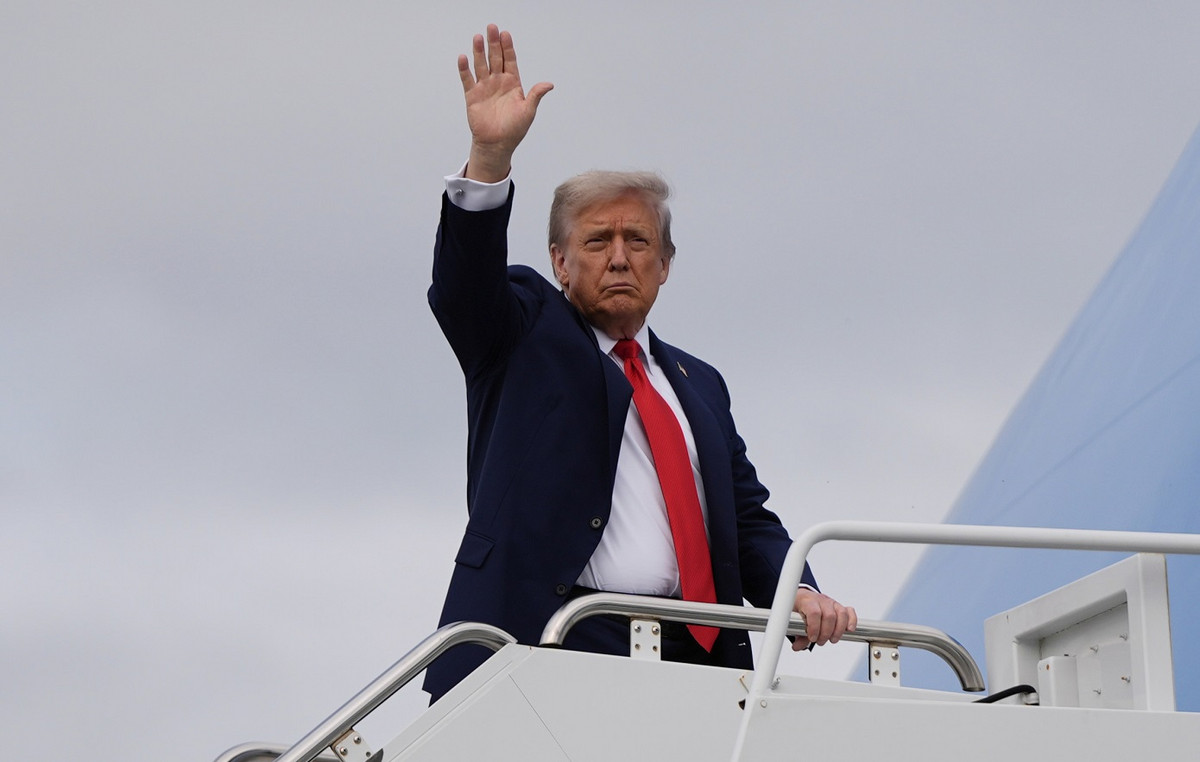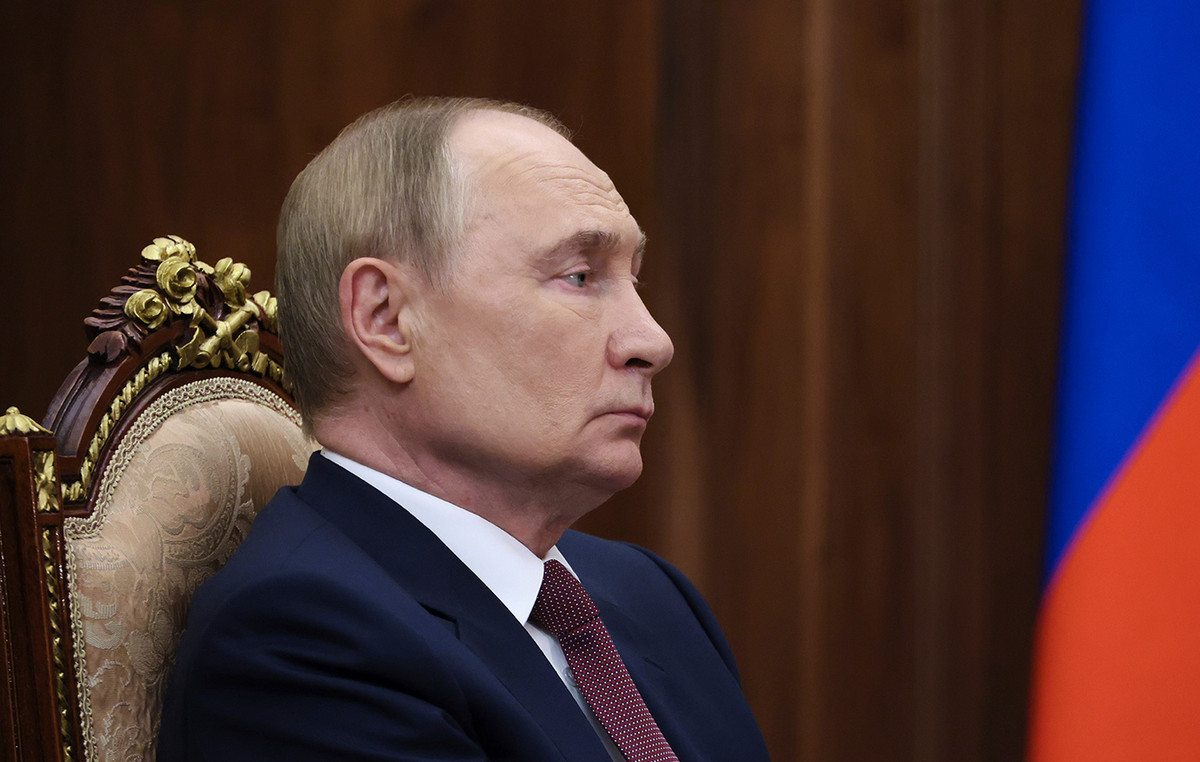The readjustment of the minimum wage for 2022 followed the inflation of 10.06% of 2021, but food prices surpassed this index.
A survey produced by CNN of the prices of some items on the Brazilian table, based on data from the Inter-Union Department of Statistics and Socioeconomic Studies (Dieese), found that their increase was 14.8% in March this year, compared to the same month of the previous year. last year.
CNN took into account seven basic items that are present in practically every meal for most families: Rice (1 kg), beans (1 kg), wheat flour (1 kg), sugar (1 kg), beef (1 kg), kg), soybean oil (900ml), and coffee (500g).
According to the average price of these products on Dieese, in March 2021, they cost, together, R$ 83.05. Now, in March 2022, this value has risen to BRL 95.38.
According to the survey, of the seven items, only rice showed a price drop in the last twelve months, from R$ 4.53 per kg, to R$ 3.84. The biggest increase recorded was that of coffee, which rose 72.3%. A pack of 500 grams currently costs R$ 19.54.
Sugar, which suffered a strong readjustment due to the lack of rains last year, is still on the rise and recorded an increase of 46%, from R$ 2.90 in March last year, to R$ 4.24 this year.
Soybean oil had the third biggest increase, with an increase of 24.1% in the price of the 900 ml bottle, being found at R$ 9.41.
In the case of the other items in the survey, beans registered an increase of 6.1%, from R$6.99 to R$7.42.
Wheat flour went from R$4.49 to R$5.49, and second-rate cuts of beef already cost R$45.74, compared to R$40.35 in March last year.
The rise above inflation for industrialized basic items considered in the CNN survey is repeated in the prices of some of the so-called in natura foods, such as fruits and vegetables, which also grew and pushed inflation up in March.
According to the Brazilian Institute of Geography and Statistics (IBGE), responsible for disclosing inflation rates, tomatoes had the highest rise for the month, with an increase of 27.22%, compared to the previous month.
Also according to the IBGE, increases were registered in several products, such as fruits with a positive variation of 6.39%, and carrots, which accumulates a high of 166.17% in twelve months.
Matheus Peçanha, a researcher at the Getúlio Vargas Foundation (FGV), says that the rise in food prices above inflation reduces the purchasing power of Brazilians, especially those with low incomes.
According to him, this population already transfers funds from other segments, such as entertainment, to complete the cost of food.
“Since the beginning of the pandemic, we feared that the highest income groups would suffer the greatest impact, not least because inflation is more concentrated in food. And the scenario came true, especially in 2021. The drop in purchasing power is very much felt in practice. Even if it is a difference of 1%, it is already a real loss, imagine now more than 4%”, explains Peçanha.
“This has an impact on the social issue, these families need to take resources from other day-to-day issues to pay for basic needs, which consume more than 80% of the income of people with low incomes.”
Tips on how to save
FGV experts heard by CNN give tips to save on purchases in the face of the increase in food prices and the loss of Brazilian purchasing power.
Shopping in a short time, researching prices in different supermarkets and replacing product brands are some of the golden rules when shopping.
“If you have high but constant inflation, you don’t have to rush out to buy everything at once. The most important thing is to buy in groups, with neighbors, family members, in cheaper places or wholesale supermarkets. It is better to buy quantity in a cheaper place, than to stock it”, highlights economist Alberto Ajzental, from Fundação Getúlio Vargas.
The main tip for a scenario of high prices, in addition to frequency, is the comparison research between existing supermarkets in the neighborhood and surroundings.
This is the consumer’s main tool when it comes to saving on food, according to another economist at the foundation, Professor Joelson Sampaio.
“There are studies that mapped out good practices at the time of purchases, when you have higher inflation. Another aspect of the importance of researching prices is that the variation between establishments is greater, so families must map the places where it is cheaper to buy certain products,” says Sampaio.
Source: CNN Brasil
I am Sophia william, author of World Stock Market. I have a degree in journalism from the University of Missouri and I have worked as a reporter for several news websites. I have a passion for writing and informing people about the latest news and events happening in the world. I strive to be accurate and unbiased in my reporting, and I hope to provide readers with valuable information that they can use to make informed decisions.







